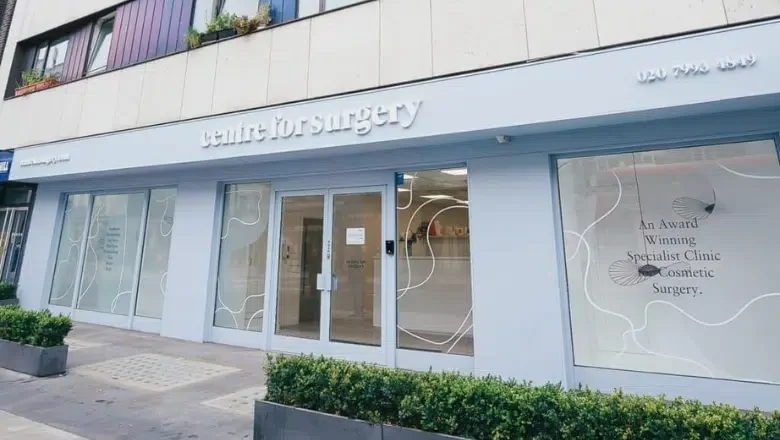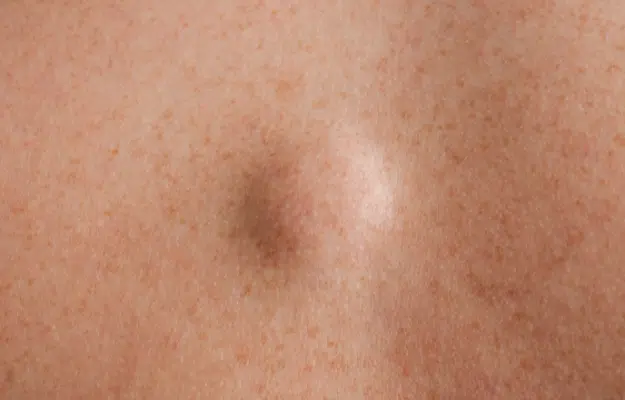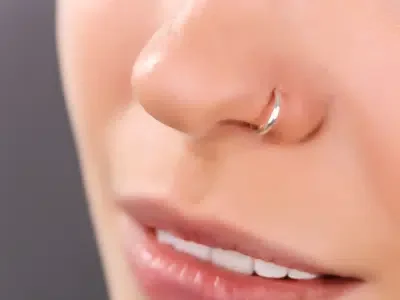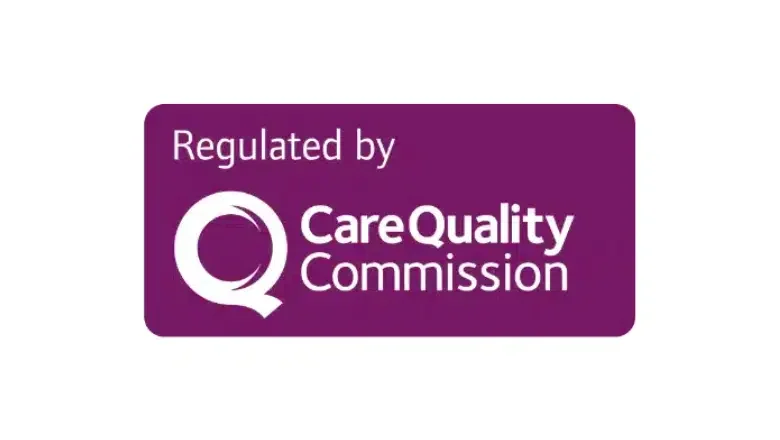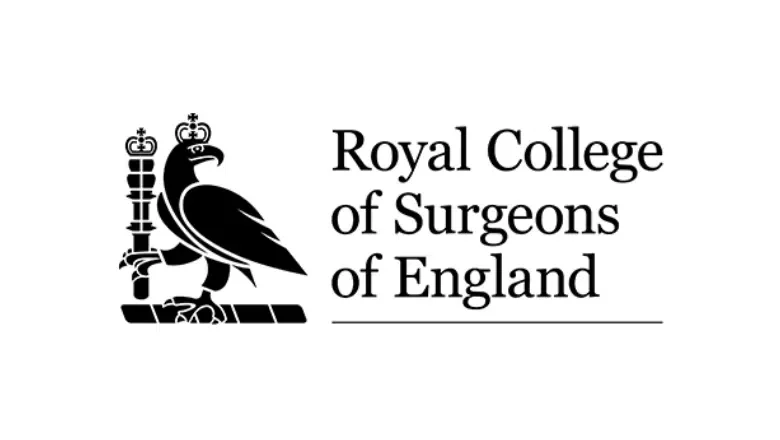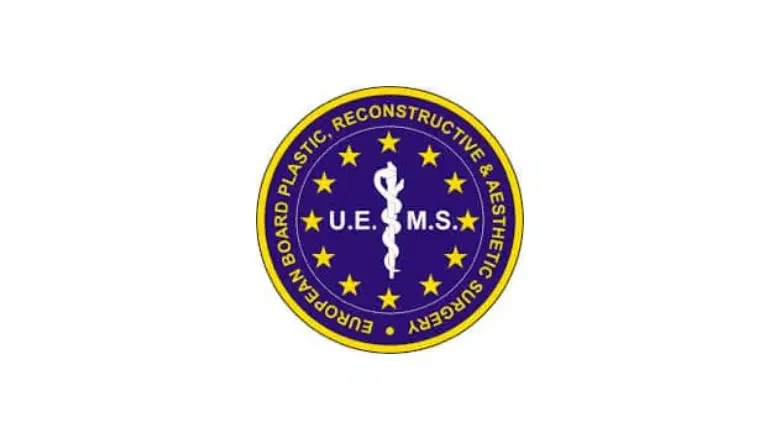Taking care of your wound following cosmetic surgery, specifically managing any potential scarring, is vital. But you might be wondering why is it so essential. Well, there are a couple of reasons to consider.
Firstly, it could significantly enhance how your scars look over time, making them appear much less noticeable than they initially were. This can make a huge difference to your comfort and confidence levels. After all, no one wants to deal with prominent scars after a cosmetic procedure designed to enhance your appearance.
Yet, the benefits of proper wound care don’t just stop at improving scar appearance. It’s also about avoiding potential complications. Without the right care, your scars might not heal as expected. They could end up taking longer to fade, or they could become more noticeable or pronounced than you initially thought they would. This can have a negative impact on the overall outcome of your cosmetic surgery.
This post aims to delve deeper into these factors, shedding light on why it’s so crucial to give wound care and scar management the attention they deserve. By understanding what to expect both before and after your surgery, you’ll be better equipped to handle the healing process, ensuring you get the best possible results from your cosmetic procedure.
Healing of Wounds: What Goes On When Scars Mend?
Did you realise that the journey from the initial surgical wound to full healing can span anywhere between six months and two years? That’s why proper scar management following surgery is so critical. In the case of cosmetic surgery, the scar is initially going to appear reddened and raised for a few months post-operation. It might also exhibit sensations like itching or tingling during the healing phase. Gradually, you will notice the skin around the incision line beginning to ease up and level out as fresh tissue generates underneath. However, this isn’t an overnight phenomenon – the entire healing process of an incision wound can typically take a good two years.
Scars are an unavoidable part of the body’s healing mechanism. Regrettably, the healing doesn’t always progress as seamlessly as we might hope. The scars that remain after cosmetic surgery can be particularly challenging due to a few reasons. Not only do they require a longer healing period compared to other types of scars, but there’s also an array of factors that could potentially worsen them. That being said, it’s essential to have some guidelines at your disposal for caring for your scars after plastic surgery. These suggestions will help you limit the extent of scarring or irritation and optimise the aesthetic appearance of your scars:
How to Look After Scars Following Cosmetic Surgery
Looking after your scars post-plastic surgery is a task that requires patience. Pay close attention to scar management is crucial, as it could prevent the formation of unusual scar types like keloids or hypertrophic scars. You might find yourself tempted to pick at the scabs, but resist the urge! Doing so can only hamper the healing process and worsen the situation. Apart from these general care instructions for scars, there are some additional pointers to consider:
- Avoid wearing too tight clothing that causes friction against the affected area. Tight clothes can irritate the healing wound and delay recovery.
- Avoid activities that might rub or chafe the wound site. Any additional friction can interfere with the healing process.
- Refrain from scratching itchy areas, as this could lead to further skin damage. Scratching only amplifies irritation and doesn’t really help in the long run.
- Keep a vigilant eye on the wound for any signs of infection. Redness, warmth, or pus around the wound site usually indicate an infection and need immediate medical attention.
- When you’re stepping outdoors, make sure to protect the healing wound from harmful UV rays. Apply sunscreen with an SPF of at least 30 or a zinc-based cream on the area.
These suggestions give you a handy set of guidelines on how to care for the soft tissue and skin around your post-surgery scars. By following these, you are enabling your body to heal properly and reduce the appearance of scarring.
Improving the Look of Scars After Plastic Surgery
You might have a couple of scars on your body that you’re keen on erasing, or perhaps you’re about to have surgery and want to be well-prepared. There are a variety of ways to enhance the appearance of scars following plastic surgery. But the question is, how do you figure out what’s the best option for your specific case?
The nature and location of your scar play a decisive role in determining the most appropriate treatment. Scars can manifest in various forms – raised, reddish, coarse, thickened, or uneven in shape. All these characteristics make them more challenging to manage. For instance, if you have a scar that’s been around for over a year, diminishing its visibility will be a tougher task compared to a scar that’s only been there for a few weeks. To lessen the appearance of raised scars, you could consider strategies like massage, the application of silicone gels, or even revisional surgery.
Remember, each scar is unique and hence requires a personalised approach. It’s always advisable to consult a specialist to guide you through your options, considering your individual needs and the specifics of your scar.
Using Silicone for Scar Management Post-Cosmetic Surgery
Silicone sheets were designed with the goal of aiding patients in recovering more swiftly by lessening inflammation and offering support and protection. A silicone sheet is a type of adhesive film crafted from medical-grade silicone that acts as a protective layer over your skin. Silicone gels serve the same purpose as conventional silicone sheets, but they are considerably easier to apply and use.
RELATED: Do Silicone Strips Help Cosmetic Surgery Scars Heal Better?
Research has highlighted the potential of silicone as an excellent treatment for scars resulting from plastic surgery. One such study conducted on patients who had undergone breast reduction surgery found that the majority experienced a significant improvement in their scar appearance, pain levels, and overall quality of life after using silicone-based treatments.
Benefits of Silicone Scar Treatment
The use of silicone gels comes with several advantages:
- Speedy healing: Silicone gels can help wounds heal more rapidly, getting you back to your routine sooner.
- No requirement for bandages: Silicone gels remove the need for bandages, making it a less cumbersome option for scar treatment.
- Reduced scarring: Silicone gels can notably lessen the prominence of scarring, improving the overall cosmetic outcome.
- Straightforward application: Using silicone gel for scar management is a simple process, making it easy to incorporate into your daily routine.
In essence, silicone treatments, whether in the form of sheets or gels, could be a valuable tool in your post-cosmetic surgery care, helping to minimise scar appearance and expedite the healing process.
Using Massage Therapy to Manage Scars After Surgery
Deep injuries can lead to scars that are not only visually unappealing but can also cause discomfort. However, with the right kind of care, you can aid your scar in healing to present a more refined look. While there are multiple treatment strategies for scars, such as silicone sheets, compression garments, or surgery, there’s one approach you can implement by yourself without needing professional assistance: massage therapy.
RELATED: How to Massage Yourself After Cosmetic Surgery
Massage therapy has been shown to stimulate blood flow to the area, helping to break down tissue adhesions. This, in turn, can help reduce swelling and enhance circulation. It’s also beneficial in stimulating the production of collagen, which ensures that the scar tissue will be robust and less prone to shrinking post-healing.
When Should You Begin Massaging Your Scar?
The recommended time to start massaging your scar is as soon as it has healed sufficiently. Moisturising your scar twice a day for up to 10 minutes each time can be incredibly beneficial until the wound matures to a pale, flattened, or soft state. By regularly following this massage regime, you can positively influence the healing process and improve the appearance of your scar over time.
Don’t Forget to Wear Your Compression Garment
Your compression garment plays a significant role in managing swelling and fluid build-up after surgery by enhancing the circulation of blood and nutrients to the operated area. Wearing your compression garment can lessen discomfort, minimise bruising, and reduce pressure on the surgical incisions. By doing so, it also contributes to the reduction of visible scarring.
RELATED: Benefits of Wearing A Compression Garment After Cosmetic Surgery
Please think of the compression garment as a supportive friend that’s helping your body in its healing journey after the surgery. It’s designed to facilitate a smoother recovery process by keeping everything in place and promoting efficient circulation, so it’s vital to use it as directed by your healthcare professional. Remember, though, that while wearing the compression garment is essential, it’s just one aspect of post-surgery care. Make sure you’re also following all other recommendations provided by our healthcare team.
Using Morpheus8 to Improve Scars After Plastic Surgery
Morpheus8 is a cutting-edge device that uses fractional radiofrequency technology to rejuvenate and resurface the skin. It’s been found to be particularly effective in improving the appearance of scars, including those resulting from plastic surgery.
How does it work?
Morpheus8 delivers radiofrequency energy to the deeper layers of the skin (the dermis) through a matrix of tiny pins. This process creates micro injuries in the skin, stimulating the body’s natural healing response, including the production of new collagen and elastin – the proteins responsible for the skin’s elasticity and firmness. As a result, scar tissue can remodel, potentially leading to smoother and healthier-looking skin over time.
RELATED: 3 Things to Know Before Getting Your First Morpheus8 Treatment
Benefits of Morpheus8 for Scar Treatment:
- Minimising Scarring: Morpheus8 can help to minimise the appearance of both superficial and deep scars.
- Versatility: It can be used on all skin types and tones, and on various parts of the body.
- Non-Surgical: It’s a minimally invasive, non-surgical treatment, meaning recovery time is typically shorter compared to more invasive procedures.
- Controlled and Precise: Morpheus8 allows for a high degree of control and precision, enabling the treatment to be tailored to individual needs and scar characteristics.
Undergoing Scar Revision Surgery
Scar revision surgery is a procedure usually carried out by a skilled plastic surgeon. It’s primarily aimed at individuals who have explored other scar treatment methods without experiencing satisfactory results. However, it’s crucial for those considering scar revision surgery to understand the changes this procedure can bring.
RELATED: Scar Revision Surgery FAQs
What does this mean?
Essentially, it’s important to remember that no treatment can completely erase a scar. The aim of scar revision surgery is not to make the scar disappear entirely, but rather to improve its appearance and make it less noticeable or disfiguring. It can also help to alleviate any discomfort or restriction of movement that might be associated with the scar.
Scar revision surgery involves altering the scar tissue, with the specific techniques used depending on the nature and location of the scar. This could involve excising (removing) the scar and re-stitching the area using skin grafts or other techniques. The goal is to make the scar blend more seamlessly with the surrounding skin and to improve its texture and colour.
However, it’s important to note that scar revision surgery is generally seen as a last resort after other less invasive treatments have been tried without success. As with any surgery, it carries risks and requires recovery time, so it’s vital to discuss the potential benefits and drawbacks with your healthcare provider or cosmetic surgeon before making a decision.
Remember that patience and time are significant in scar healing. The results of scar revision surgery may not be fully apparent until up to a year after the procedure, as it takes time for the new scar to mature and for the final results to develop.
Commonly Asked Questions About Scars After Surgery – Answers to Your Scar Treatment Queries
How can I minimise scarring after surgery?
There are several ways you can help reduce scarring post-surgery:
Gently massaging the area can aid in improving blood flow and breaking down scar tissue. Using silicone gel as a wound dressing or beneath one can enhance the healing process. Avoiding direct sunlight prevents further skin damage and can reduce scar darkening. Avoid putting any stress or strain on your wound to allow it to heal undisturbed. Follow your surgeon’s advice, which may include avoiding activities like gym workouts that could stress the wound. Refraining from smoking cigarettes and drinking alcohol during the healing process can help your body focus on recovery.
How long does it take for scars from plastic surgery to fade?
Typically, incisions take around six months to fully heal and start changing colour from pink to a white hue. However, the full fading of the scars can take anywhere from 1 to 2 years.
Can scar tissue be reduced after surgery?
Many products developed by cosmetic companies aim to lessen the visibility of scar tissue after surgery. Gels, silicone sheets, and other related items can even out skin colour and improve texture in minor surgical scars.
How can I lower my risk of developing hypertrophic or keloid scars?
Hypertrophic or keloid scars are among the most challenging to treat and go beyond being a mere cosmetic issue. They can be quite uncomfortable, often forming in areas where clothing frequently rubs against the skin. It’s crucial to take preventive steps early on to avoid these types of scars from forming. If they do develop, surgery is often the only available treatment method. Preventive measures can include following wound care instructions carefully, avoiding unnecessary stress on the healing area, and using recommended scar management treatments.
What does Centre for Surgery recommend for scar management?
Centre for Surgery advises using a smooth silicone-based gel on your incisions. Silicone is a top-rated ingredient, scientifically backed, to enhance the appearance of scars.
Minimising Scars After Cosmetic Surgery – Why Choose Centre for Surgery?
Managing your wounds diligently after surgery is key to minimising the visibility of scars. There are numerous options at your disposal, ranging from massage therapy and wearing compression garments, to applying silicone gels.
Choosing to have your cosmetic surgery at Centre for Surgery, you’re choosing a place where comprehensive scar care is a priority. Our team is dedicated to educating you about the products and treatments available for scar management. Our experienced surgeons will be on hand to answer any queries you might have about these services and how they can be integrated into a holistic treatment plan designed just for you.
If you’re considering cosmetic surgery and are interested in learning more about our approach to scar management, we’re just a phone call away. Contact Centre for Surgery at 0207 993 4849 to book your initial consultation, or submit a confidential enquiry form. We look forward to helping you on your journey to achieving the look you desire with minimal scarring.


